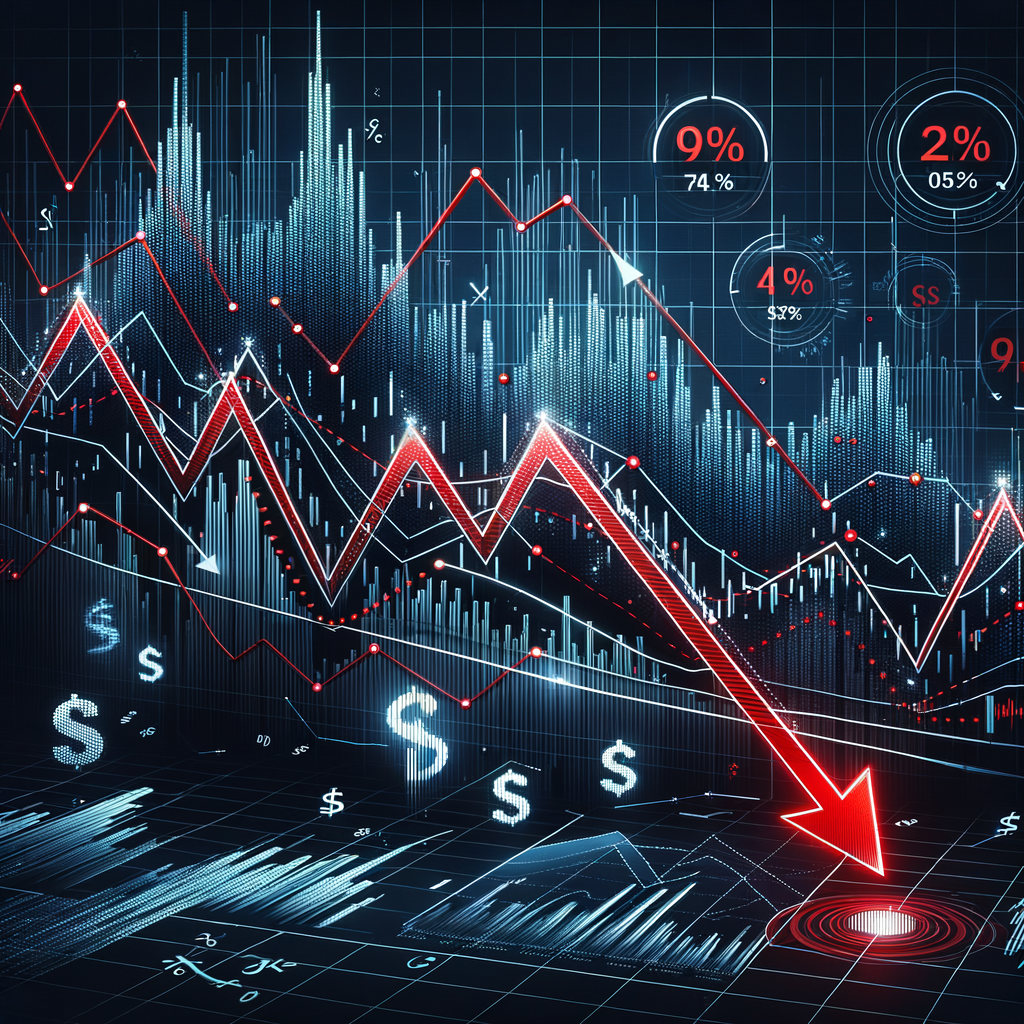
Recent US employment figures have sparked concerns about the economic outlook as a key recession indicator, known as the Sahm Rule, has been triggered. The Sahm Rule, developed by former Federal Reserve economist Claudia Sahm, suggests that a recession is likely when the three-month moving average of the unemployment rate rises by 0.5 percentage points or more relative to its low over the past 12 months.
July’s Employment Report:
The July employment report showed a slowdown in job growth, with the economy adding 187,000 jobs, falling short of expectations. While the unemployment rate dipped slightly to 3.5%, it remains elevated compared to its recent lows. Notably, the three-month average unemployment rate has now risen by 0.51 percentage points since its low in April, officially triggering the Sahm Rule.
Interpreting the Sahm Rule:
The Sahm Rule has a strong track record of predicting recessions, having correctly identified every recession since 1970. However, it is important to note that the rule is not infallible. There have been instances where the rule has been triggered without a subsequent recession. Nevertheless, the Sahm Rule serves as a valuable warning sign for policymakers and investors alike.
Factors Contributing to the Trigger:
Several factors have contributed to the recent rise in unemployment, including the ongoing effects of the COVID-19 pandemic, supply chain disruptions, and rising interest rates. The Federal Reserve’s aggressive monetary tightening policy aimed at curbing inflation has started to weigh on economic activity.
Outlook for the US Economy:
While the Sahm Rule’s trigger is undoubtedly concerning, it is not a guarantee of an immediate recession. The economy has shown resilience in recent months, and some sectors continue to perform well. However, the risks of a downturn have certainly increased.
Policy Implications:
The Sahm Rule’s trigger underscores the need for policymakers to remain vigilant and take proactive measures to support the economy. Fiscal stimulus measures, such as infrastructure spending or targeted tax cuts, could help boost demand and mitigate the impact of rising unemployment.
Conclusion:
The Sahm Rule’s recent trigger is a reminder that the economic recovery remains fragile. While a recession is not inevitable, the risks have heightened. Policymakers and investors must remain cautious and prepare for the possibility of a downturn. The coming months will be crucial in determining the path of the US economy.





Leave a Reply